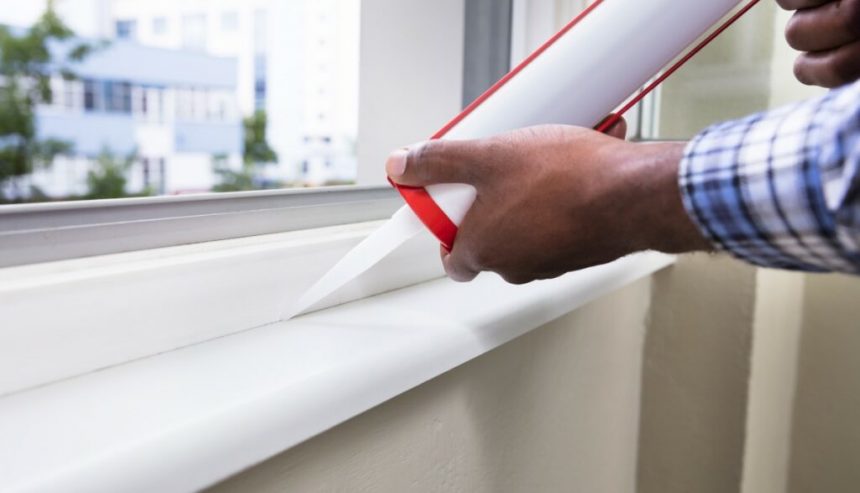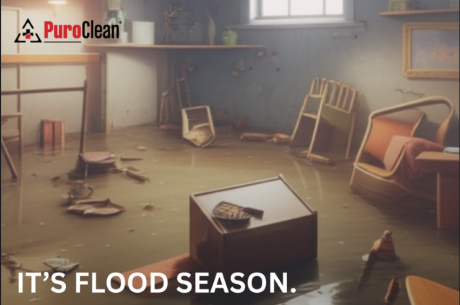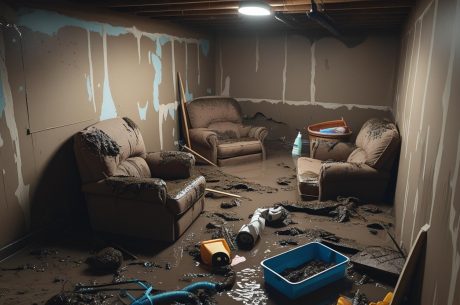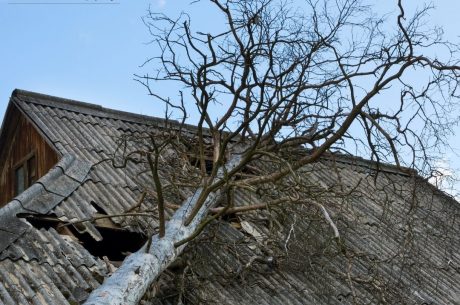When was the last time you checked the caulking around your home or rental property? If you’re like most property owners or managers in Lawrenceville, GA, it’s probably been a while. Yet, caulking—a simple line of sealant—plays a powerful role in preventing water intrusion, mold growth, and long-term structural issues.

In a region like Lawrenceville, where we deal with hot, humid summers, occasional cold snaps, and heavy rains, moisture control is everything. Even a tiny crack in caulking can let water seep into walls, flooring, or cabinetry, silently causing damage that builds up over time. While most people remember to check the caulking around sinks and bathtubs, there are several overlooked areas that pose just as much risk.
Table of Contents
Here are the three most commonly forgotten areas that need caulking—and why ignoring them could lead to expensive repairs.
1. Behind Toilets: A Hidden Threat to Bathroom Floors
Bathrooms are one of the most moisture-prone areas in any property. While it’s common to check the caulk around tubs and showers, the area behind or around the base of the toilet is often neglected. This can be a costly mistake.
When toilets aren’t properly sealed, moisture from flushing, condensation, or even slow leaks can seep into the flooring. Over time, this water can cause:
- Warped or rotted subfloors
- Peeling linoleum or tile
- Foul, musty odors
- Mold and mildew growth
In older homes and rental units, this issue is particularly common. A simple caulking job can stop water in its tracks, preserve your bathroom flooring, and save you from costly repairs.
Tip: Use waterproof, mold-resistant caulk and check for any signs of floor softness around the toilet during routine inspections.
2. Around Window Sills: Your Defense Against Drafts and Drips
Windows are designed to protect your home from the elements, but they’re also a common entry point for water, especially when the caulk has worn out or cracked over time.
In Lawrenceville, seasonal rains, high humidity, and the freeze-thaw cycle can wreak havoc on window caulking. When gaps or cracks form, they allow water to infiltrate the wall cavity—often without any visible signs at first.
Unsealed or poorly sealed windows can lead to:
- Interior water stains on walls or sills
- Wood rot around window trim
- Mold growth inside walls
- Increased heating and cooling bills
Regularly inspecting and reapplying caulk around window frames is one of the easiest ways to keep your home protected from the elements, reduce energy loss, and prevent costly repairs.
Tip: Inspect windows every spring and fall, especially after major storms or sudden temperature changes.
3. Exterior HVAC and Plumbing Penetrations: A Commonly Missed Entry Point
Any place where pipes, wires, or HVAC lines penetrate your home’s exterior is a potential weak point. These areas are frequently overlooked during routine maintenance, but they should be a top priority for caulking.
Openings around outdoor faucets, dryer vents, A/C lines, and cable wiring can allow water—and pests—to enter your property. When the caulking wears away or cracks, it opens a direct path for moisture to get into insulation, wall sheathing, or even electrical boxes.
Unchecked, this can lead to:
- Mold growth behind walls
- Insect infestations
- Higher utility bills
- Wood rot or siding damage
Tip: Walk around your property once a season to inspect all exterior wall penetrations. Reapply caulk as needed to keep these areas sealed and secure.
Why Caulking Maintenance Is Crucial in Lawrenceville
With our mix of humid summers, sudden storms, and occasional winter freezes, Lawrenceville homeowners and property managers must stay proactive with moisture control. A small crack may not seem like much, but in the right conditions, it can allow just enough moisture in to cause thousands of dollars in restoration work.
Consider these real-world consequences of neglected caulking:
- A tiny gap around a bathroom pipe leads to mold growth behind a wall, requiring full drywall and insulation replacement.
- Failed window caulk allows water to run into a wall cavity during storms, resulting in rot and structural weakening.
- Exterior gaps near HVAC lines lead to pest entry and hidden moisture damage.
For landlords and commercial property managers, the stakes are even higher. Water damage complaints can lead to tenant dissatisfaction, legal liabilities, and insurance complications.
How PuroClean of Lawrenceville Can Help
At PuroClean of Lawrenceville, we understand how easily minor issues like deteriorated caulking can lead to major water damage problems. Our team of IICRC-certified professionals is trained to identify, repair, and restore property damage caused by water, mold, or poor sealing practices.
Here’s how we can support homeowners and property managers:
- Moisture and leak detection services
- Water damage cleanup and structural drying
- Mold inspection and remediation
- Preventive maintenance guidance
We serve Lawrenceville, Snellville, Grayson, and surrounding communities with 24/7 emergency restoration services. Whether you’ve already noticed signs of water damage or simply want a professional inspection to catch risks early, we’re here to help.
Don’t Wait for a Leak to Turn Into a Loss
Caulking may be simple, but ignoring it can lead to expensive consequences. If you’re managing properties in the Lawrenceville area, adding caulking checks to your routine inspections can go a long way in preventing moisture damage and keeping your tenants happy.
Have questions or need expert help? Contact PuroClean of Lawrenceville today for fast, reliable, and professional service.
Call us anytime at (770) 810‑5499 or visit our website to schedule an inspection.




 PuroClean of Lawrenceville
PuroClean of Lawrenceville